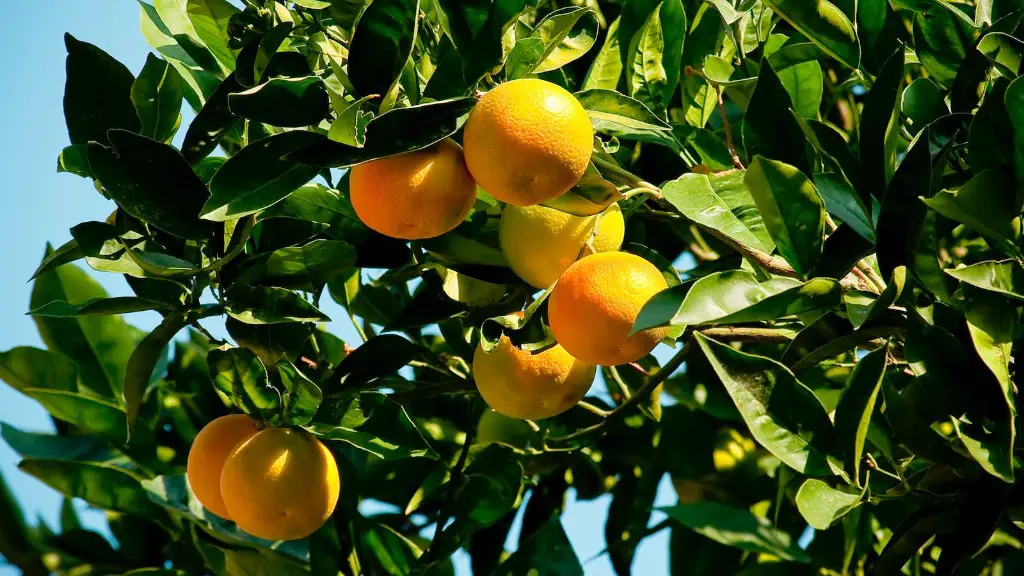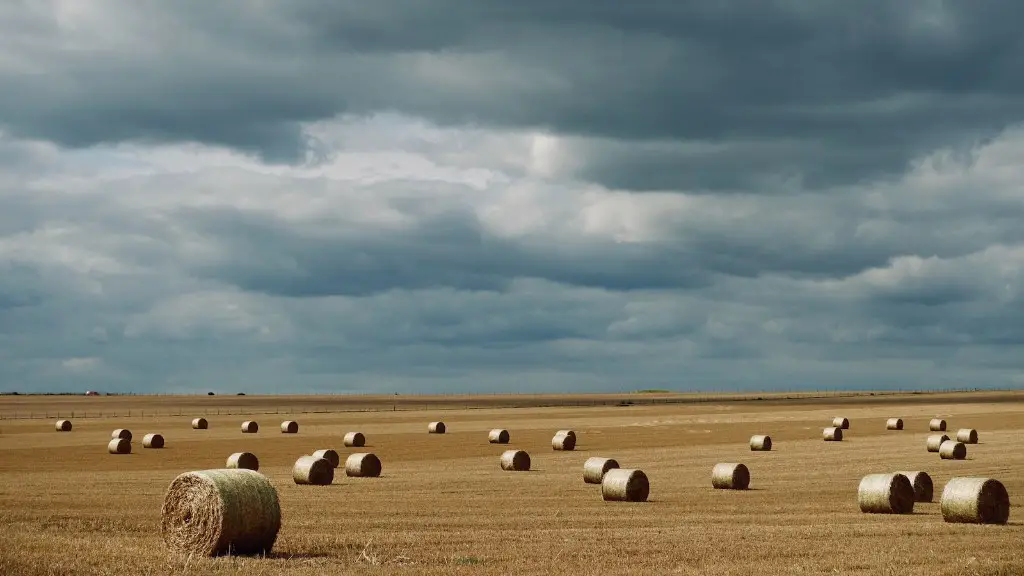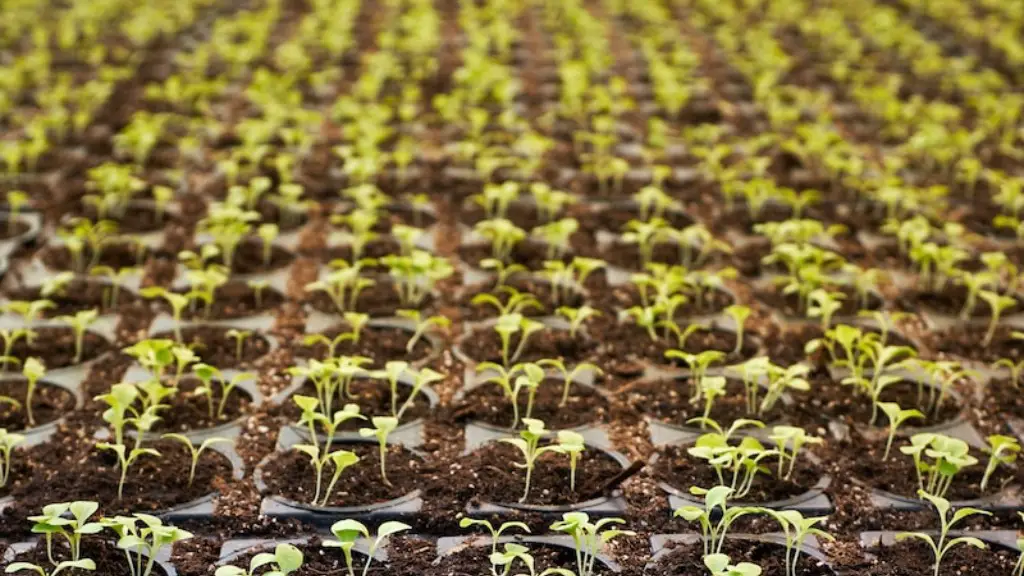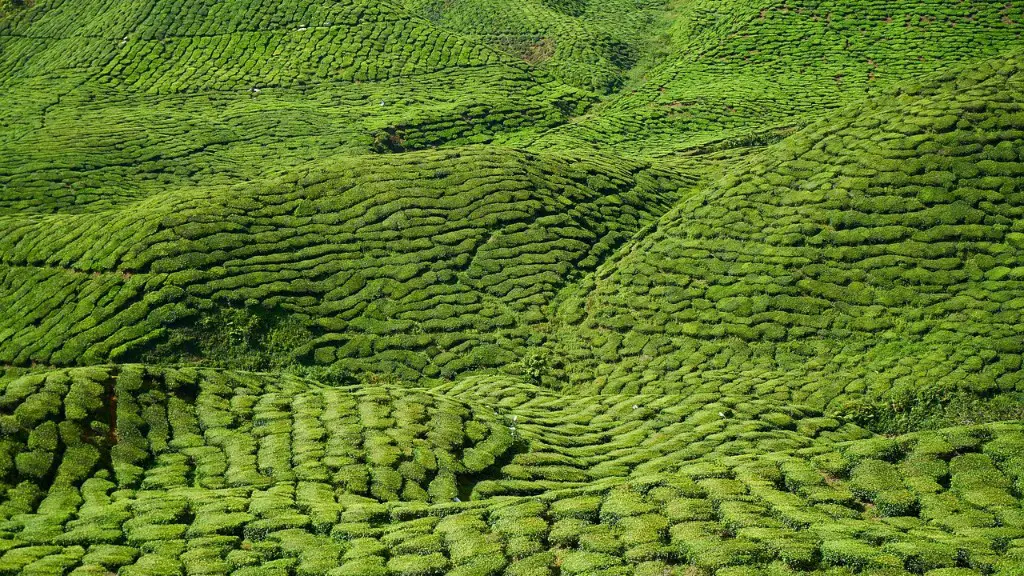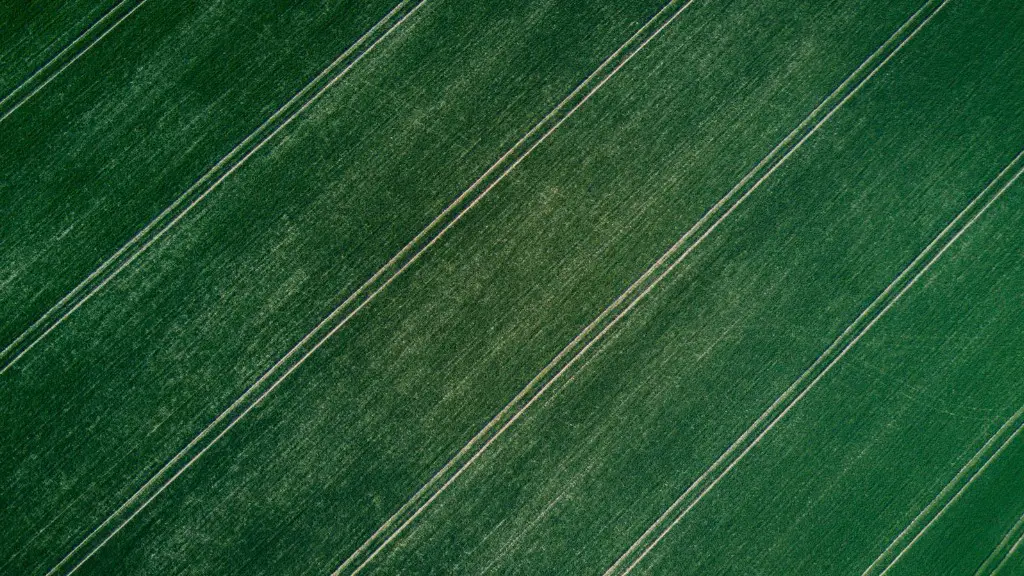A cropping system is a method of managing and using agricultural land to produce crops. It involves selecting and growing crops that are suitable for the local soil and climate conditions, and using management practices that will protect and improve the quality of the land.
A crop rotation is an agricultural method of planting different types of crops in sequential order on the same piece of land to improve soil health and fertility. It is also used to control pests and diseases.
What is cropping system and their types?
Monoculture is the practice of growing a single crop over a large area. This is the most common type of cropping system, as it is the most efficient way to produce a large quantity of a single crop.
Intercropping is the practice of growing two or more different crops in the same field. This can be done either inAlternate rows (row intercropping) or in Mixes patches (mixed intercropping). This type of cropping system is less efficient than monoculture, but has the benefit of increasing biodiversity and reducing the risk of crop failures.
Crop rotations are a type of cropping system where different crops are grown in the same field in sequential years. This helps to improve soil fertility and reduce the risk of crop pests and diseases.
Fallows systems/shifting cultivation is a type of cropping system where a field is left unplanted for a period of time (usually 1-2 years) to allow the soil to recover. This type of system is often used in tropical areas where the soil is quickly depleted of nutrients.
Strip cropping is a type of cropping system where crops are grown in strips that are separated by unplanted areas. This can
A cropping system is the type and sequence of crops grown and the practices used for growing them. It encompasses all cropping sequences practiced over space and time based on the available technologies of crop production. Cropping systems have been traditionally structured to maximize crop yields.
What is an example of cropping system
This type of cropping is often used in areas where there are two distinct rainy seasons. For example, a farmer might plant maize in the long rains, then beans during the short rains.
Sequential cropping can be beneficial because it can help to prevent soil erosion and improve soil fertility. It can also help to provide a more reliable source of food for a community.
Cropping patterns can help improve the soil structure by preventing soil compaction. This in turn can improve the physical condition of the soil. Additionally, crop rotation can improve the soil structure as well as soil texture. This allows for better conditions for seed germination and root proliferation.
What are the 4 types of cropping system?
Monocropping is the practice of cultivating a single crop over a large area of land. This type of cropping system is very efficient in terms of land use, but it can lead to problems such as soil depletion and pest infestations.
Multiple cropping is the practice of growing two or more crops in the same area on a rotating basis. This type of cropping system is more diverse and can help to reduce the risk of problems such as soil depletion and pest infestations.
Continuous cropping is the practice of growing the same crop in the same area year after year. This type of cropping system can lead to problems such as soil depletion and pest infestations.
Crop rotation is the practice of growing different crops in the same area on a rotating basis. This type of cropping system is more diverse and can help to reduce the risk of problems such as soil depletion and pest infestations.
The three main cropping seasons in India are Kharif, Rabi, and Zaid. Kharif crops are grown during the monsoon season, from June to September. Rabi crops are grown during the winter season, from October to March. Zaid crops are grown during the summer season, from April to May.
What is the difference between cropping system and farming system?
Farming systems that follow crop residues recycling help to mitigate the adverse effects of aberrant weather. This is because these systems help to replenish the soil with nutrients that are lost during adverse weather conditions. Some examples of farming systems that follow crop residues recycling are rice-based cropping system, wheat-based cropping system, oilseed-based cropping system, and sugarcane-based cropping system.
A cropping pattern is a Planting pattern that is used to grow two or more crops in specific succession on the same piece of land during the course of a year. The crops that are grown in succession are known as Relay crops.
The main purpose of a cropping pattern is to ensure that the land is used efficiently and that the plants are grown in a way that maximizes their yield. A well-designed cropping pattern can also help to improve the quality of the soil.
There are many different types of cropping patterns that can be used, and the type that is used will depend on a number of factors, including the climate, the type of soil, and the crops that are being grown.
In general, cropping patterns can be either continuous or relay. Continuous cropping is when the same crop is grown in the same field for several years in a row. Relay cropping is when two or more crops are grown in succession on the same piece of land.
There are many advantages to using cropping patterns. One of the main advantages is that it can help to improve the yield of the crops. Another advantage is that it can help to improve the quality of the soil.
Cropping patterns
What is cropping system advantages and disadvantages
Perennial forage crops are a great option for farmers looking to establish a forage crop and control soil erosion. However, there are some potential disadvantages to consider before planting. These include the possibility of the crop lodging or smothering the seeding, delaying the establishment of the crop, or completely killing it out.
There are a few plant characteristics that can have an impact on the cropping system. These include plant height, the crop canopy, nutrient and water requirements, root structure, and plant products.
Plant height is important because it can affect how easy it is to cultivate the land and how much of the crop is exposed to light.
The crop canopy can affect the amount of shade that is cast on the ground, which can influence what other crops can be grown beneath it.
Nutrient and water requirements are important because they can dictate how much needs to be applied to the land, and how often.
Root structure is important because it can affect the amount of soil disturbance that is caused when the crop is harvested.
Plant products are important because they can be used for a variety of purposes, such as food, feed, or biofuel.
What are the stages of cropping system?
Bergez et al’s four-step process for designing cropping systems is a comprehensive approach that considers all aspects of the system. This process begins with the generation of ideas, followed by simulations to test these ideas, evaluations to identify the most promising options, and finally comparisons and choices to select the best option. This process is iterative, so that each step builds on the previous one, and is flexible enough to accommodate new information and insights as they arise. This process is designed to create cropping systems that are both productive and resilient, able to withstand the challenges of a changing climate.
Biological and geophysical factors that influence crop production can include water availability, soil fertility, and risks of floods, droughts, frost, or pest or weed infestations. The importance of each of these factors varies with the types of crops planted. For example, water availability is a key factor for crops such as rice, while soil fertility is more important for crops such as wheat. It is important to understand the factors that influence crop production in order to optimize production and minimize risks.
What is efficient cropping system
Intensive cropping systems are those in which the land is fully utilized to grow crops. This is done in order to make use of the available water and labor resources. When there is sufficient and cheap labor available, vegetable crops are also included in the cropping systems. Capital intensive crops like sugarcane, banana, turmeric, etc. require more labor.
A cropping system is a combination of crops that are grown on the same piece of land during a given period of time. Cropping systems are often referred to as cropping patterns.
The main types of cropping systems in India are:
1. Rice-based cropping systems: grown in areas with high rainfall (> 100 cm)
2. Millet-based cropping systems: grown in arid and semi-arid areas with rainfall < 50 cm
3. Mixed cropping systems: grown in areas with moderate rainfall (50-100 cm)
4. Crop rotations: grown in areas with all types of rainfall.
What are the disadvantages of cropping system?
Multiple cropping has some disadvantages that farmers should be aware of. First, fertility and productivity of the soil can be lowered or exhausted if proper soil management practices are not followed. Second, multiple cropping can sometimes affect the structure of the soil, due to continuous cropping and irrigation. Finally, control of pests, diseases and weeds can sometimes become difficult.
Crop roots and residues can play an important role in improving soil fertility and stimulating soil microbial communities. By improving soil aggregation, they can help to improve water infiltration, water holding, aeration, and root growth. Ultimately, this can lead to better plant nutrient foraging and a healthier soil environment.
Warp Up
A cropping system is a combination of different crops that are grown in the same area, in rotation or as a mixture, in order to achieve specific objectives.
A cropping system is an agricultural production system that includes a combination of crops grown in the same area. The main purpose of a cropping system is to increase production while minimizing risk.
